When we think of speed in the animal kingdom, we often imagine cheetahs or racehorses. But while cheetahs certainly take the top spot in land speed, there are other mammals that also deserve recognition for their incredible speed—whether they're sprinting across the ground, soaring through the sky, or swimming in the ocean. Let’s delve into the fastest mammals and how they achieve such remarkable speeds.
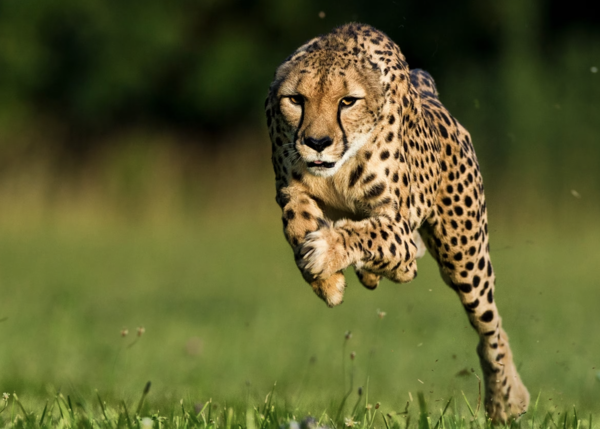
The cheetah holds the title for the fastest land mammal, capable of reaching speeds up to 60-70 miles per hour (97-113 km/h) in short bursts. With a lightweight body, powerful leg muscles, and specialized claws that don’t retract like other cats, it can accelerate from 0 to 60 mph in just a few seconds. This burst of speed helps the cheetah catch prey in the wild, but it can only sustain it for about 20-30 seconds.
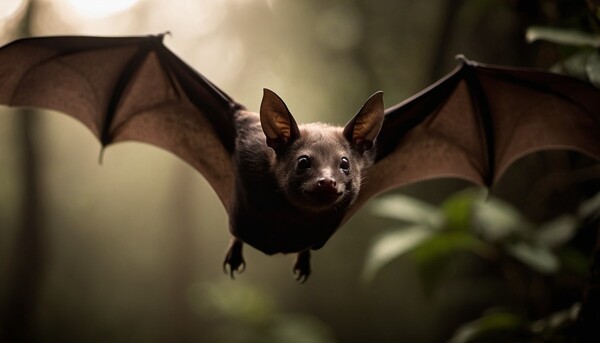
While we often associate speed with land animals, the Brazilian free-tailed bat can actually reach speeds up to 99 mph (160 km/h) during flight, making it the fastest flying mammal. These bats are not only agile in the air but also capable of covering vast distances. Their speed is vital for hunting insects, as they often chase down prey during nighttime flights.
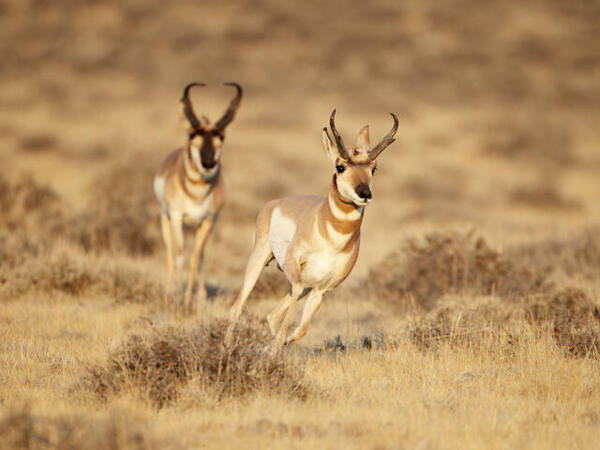
The pronghorn antelope is the second fastest land mammal, reaching speeds of 55 mph (89 km/h) and can maintain that pace for several miles. Known for its endurance, the pronghorn’s speed helps it escape predators like coyotes and wolves. Its long, lean legs are perfect for quick bursts of energy, and its specialized heart and lungs help it keep up the pace.
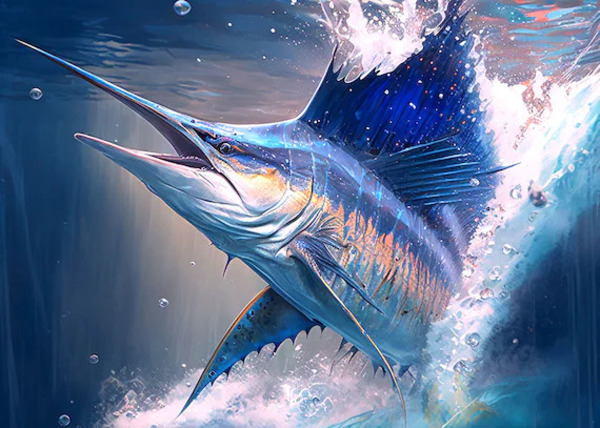
Although not a mammal, it's worth noting the sailfish for comparison. The fastest creature in the ocean, the sailfish can swim at an astonishing 68 mph (110 km/h). However, among mammals, the common dolphin takes the crown for aquatic speed. dolphins.html">Dolphins can swim as fast as 37 mph (60 km/h), which is pretty impressive for such agile swimmers. dolphins.html">Dolphins use their streamlined bodies and powerful tails to move through the water at remarkable speeds.
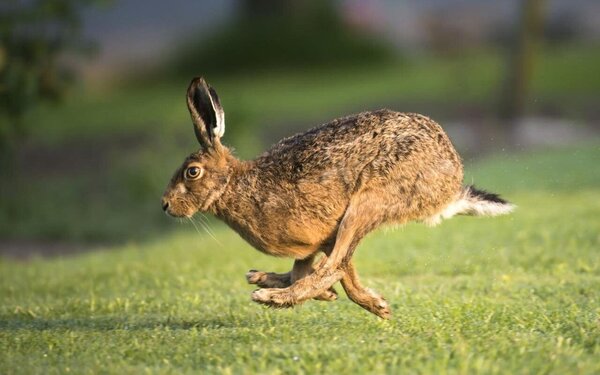
The brown hare, while not as fast as the cheetah or pronghorn, can still reach impressive speeds of 45 mph (72 km/h). These hares rely on their incredible agility to outmaneuver predators like foxes, making sharp turns and quick hops to escape. Their speed also helps them cover vast distances in search of food and mates.
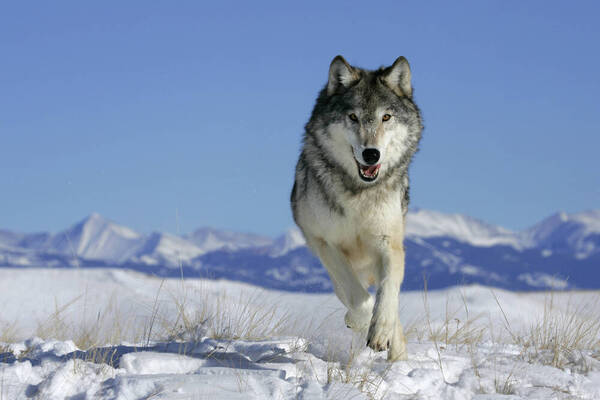
Gray wolves are known for their endurance rather than top speed. However, they can run at speeds of 35-40 mph (56-64 km/h) in short bursts. Wolves typically rely on teamwork and strategy when hunting, using their speed to chase down prey over long distances. Their endurance allows them to cover large areas while maintaining a moderate pace, which is crucial for survival in the wild.
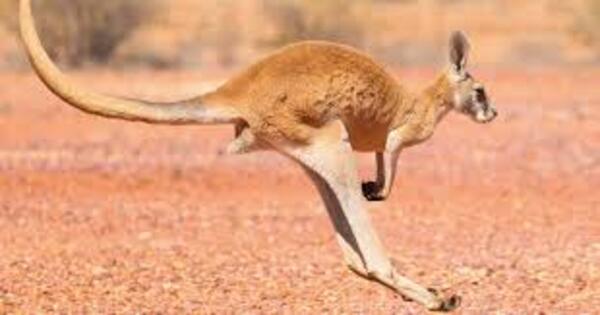
Kangaroos might seem like slow, hopping creatures, but they can actually reach speeds of 35 mph (56 km/h). Their strong hind legs, designed for long, powerful leaps, allow them to cover a lot of ground quickly. This hopping style helps kangaroos travel quickly over the open Australian outback, and it also serves as a way to evade predators.
Here's a quick comparison of the fastest animals in different categories, showcasing their speeds and how they stack up against each other:
| Animal | Top Speed | Speed Type | Notes |
|---|---|---|---|
| Cheetah | 60-70 mph (97-113 km/h) | Land (sprinting) | Fastest land mammal; can accelerate from 0 to 60 mph in a few seconds. |
| Brazilian Free-Tailed Bat | 99 mph (160 km/h) | Air (flying) | Fastest flying mammal, capable of high-speed nighttime flights. |
| Pronghorn Antelope | 55 mph (89 km/h) | Land (sprinting) | Second-fastest land mammal, known for endurance and long-distance speed. |
| Sailfish | 68 mph (110 km/h) | Water (swimming) | Fastest fish, but included for comparison in the water category. |
| Brown Hare | 45 mph (72 km/h) | Land (sprinting) | Known for speed and agility, capable of quick escapes from predators. |
| Gray Wolf | 35-40 mph (56-64 km/h) | Land (sprinting) | Predators known for endurance and cooperative hunting, rather than pure speed. |
| Kangaroo | 35 mph (56 km/h) | Land (hopping) | Can maintain speed over long distances using its powerful hind legs. |
Fastest in the Air: Brazilian Free-Tailed Bat with 99 mph (160 km/h).
Fastest on Land: Cheetah with 60-70 mph (97-113 km/h), but it can only maintain this speed for short bursts.
Fastest in Water: Sailfish with 68 mph (110 km/h), surpassing all the land mammals in speed.
In land speed, the cheetah is the undisputed champion for short bursts, but if you look at endurance at speed, the pronghorn antelope is close behind.
In flight, the Brazilian free-tailed bat takes the crown.
For aquatic speed, the sailfish is the fastest, but it isn't a mammal, so it doesn't compete in the mammal category.
While each of these animals is incredibly fast in its own right, the cheetah holds the title for the fastest land mammal.
Speed is an important trait in the animal kingdom, especially for mammals that need to escape predators or catch prey. From the sprinting cheetah on land to the agile Brazilian free-tailed bat in the sky, these mammals have evolved unique features that help them achieve extraordinary speeds. Whether running, swimming, or flying, these mammals showcase the remarkable diversity and adaptability of life on Earth.
animal tags: Kangaroo
We created this article in conjunction with AI technology, then made sure it was fact-checked and edited by a Animals Top editor.